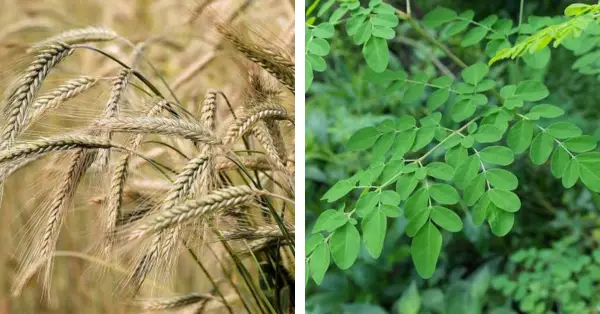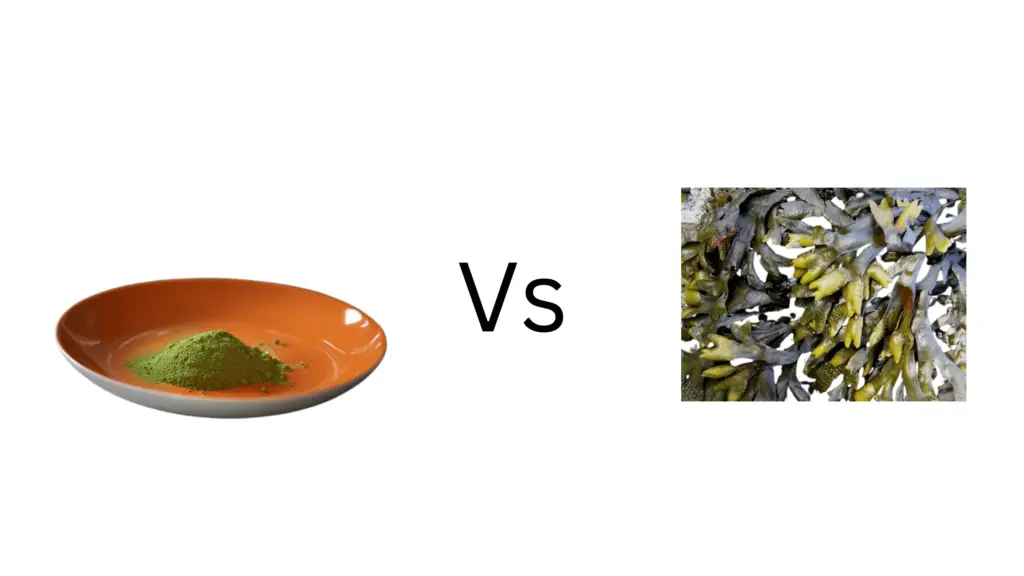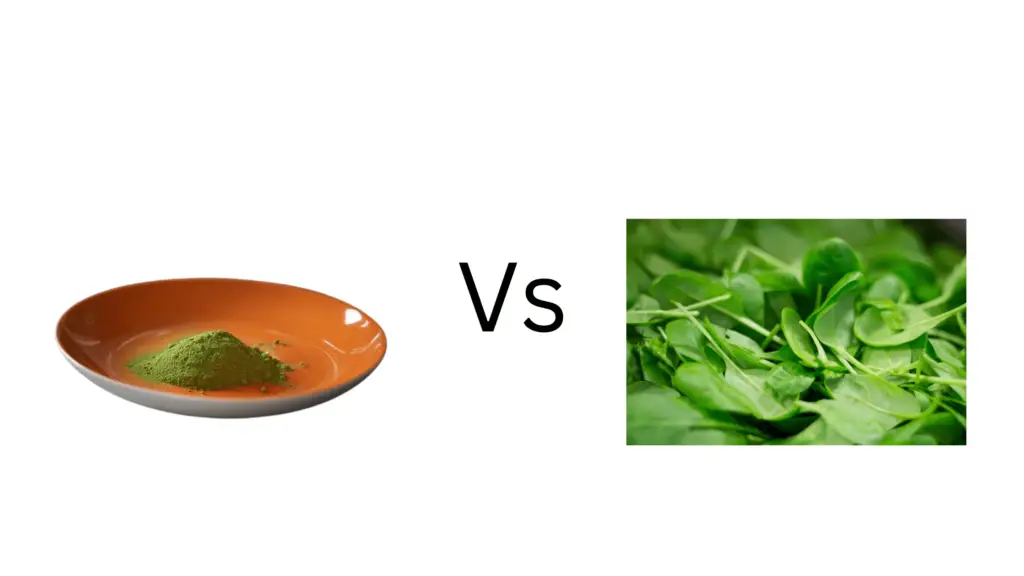Nature seems to have blessed mankind with a lot of foods that are ‘super’ and ‘effectual’ in influence. Many of these foods are predominantly greens, and are needed for utmost support for the body to help it maintain its healthiness; making moringa and barley one of the top notch choices to consider as supplements.
Subsequently, the moringa miracle tree has alluring stems and leaves, and somewhat in relation with other greens like cabbage, broccoli and kale; and from the barley plant comes the barley grass which is also known as barley leaf or barley green.
These two nutrient packed superfoods have a lot of economic importance, benefits, and are applauded for their health-boosting properties.
As you read on this article, you will be getting proper insights on these two greens, as we compare them side by side with each other.
Moringa vs Barley: Botany
By botanical classification, “Moringa oleifera” is the scientific name been used to represent this tree plant. It’s also classified under the “Moringaceae” family, and it’s been known for its sparse foliage.
The moringa tree grows across tropical and subtropical climates been deciduous and having varying sizes from tiny, medium to massive trees.
All the parts of the moringa tree are useful, especially the Leaves; been pinnately compound with entire margins and about 7 to 60 cm long.
The barley grass on the other hand belongs to the grass family, been the leaf portion of the barley plant botanically known as “Hordeum vulgare”.
The grass been the ‘remains’ after seeds removal are referred to as ‘distichon’ because its growth comes in two divided rows that form an enclosure over the stem, been parallel to the central axis.
This annual plant can attain about one meter height though with the need to reseed per year, while the barley grass can also grow tall to about 45cm.
Read also: Can You Drink Moringa and Wheatgrass Together?
Moringa vs Barley: Nutrients
Report has it that moringa leaves contain strong natural anti-oxidants and anti-inflammatory nutrients, coupled with the required amino acids, vitamins and minerals.
Some of them include; Protein, Fiber, B-Vitamins, Vitamin A, C, D and E, Iron, Calcium, Zinc, Magnesium, Copper, Potassium; among others.
On the basis of 100g of fresh or dried moringa leaves, report has it that moringa is vastly rich and contains higher values of; vitamin A than carrots, iron than spinach, calcium than milks, protein than yoghurt, vitamin C than oranges, potassium than bananas; among other evaluations.
Barley grass is also hugely loaded with nutrients similarly to moringa and also contains functional ingredients like polyphenols, polysaccharide, metallothioneins, and so on. On the basis of 100g of fresh or dried barley grass,
report has it that barley grass contains higher values of; vitamin B1 than the whole wheat flour, vitamin A and iron than spinach, calcium than cow’s milk, vitamin C than oranges; among other evaluations.
Read also: Moringa vs Kale
Moringa vs Barley: Benefits
Both superfoods have strong antioxidant properties, and help to; reduce cholesterol levels, reduce inflammation, address liver issues, enhance bone health, boost energy, reduce stress and fatigue levels,
balance blood pressure, enhance healthy weight loss, reduce or balance sugar levels remove toxins from the body, ameliorate the body immune system; among other numerous dual or individual benefits.
Read also: Guava Vs Banana
Moringa vs Barley: Economic Importance
The economy of moringa is numerous and firstly evident in the attention its drawing from several international establishments and organizations in its involvement in helping to fight malnutrition at global level.
More so, the economic importance of moringa is evident in the pharmaceutical industries, with its healing and medicinal properties been useful in the production of complex tablets that literally meet up the required quality demands; among others.
For barley, its economic importance is evident in industrialized countries where it’s presently been used as a fodder.
Also, many developing countries has hugely benefited from barley in its usefulness as a staple food.
More so, this plant in its economic importance had been reported to be useful in energy renewal innovation that births the production of fuel ethanol; among others.
Read also: Moringa vs Spirulina
Which is better Moringa or Barley grass?
With so much closeness in the nutritional evaluation of these two powerful greens, it might be that moringa still come top when considering an overall rating as per the percentage on daily value (% DV).
Recommended:
- 3 Best Storage Containers For Homemade Cookies
- 4 Best Underground Storage Containers
- Best Spice Storage Containers
- 4 Best Survival Food Storage Containers
- 3 Best Essential Oil Storage Containers
- Best Coffee Storage Containers
Conclusion
You can deduce from this article that both moringa and barley grass are very great superfoods; been close and similar in regards to their nutritional contents.
Hence, you can make your choice on the basis of what you need or been administered.



